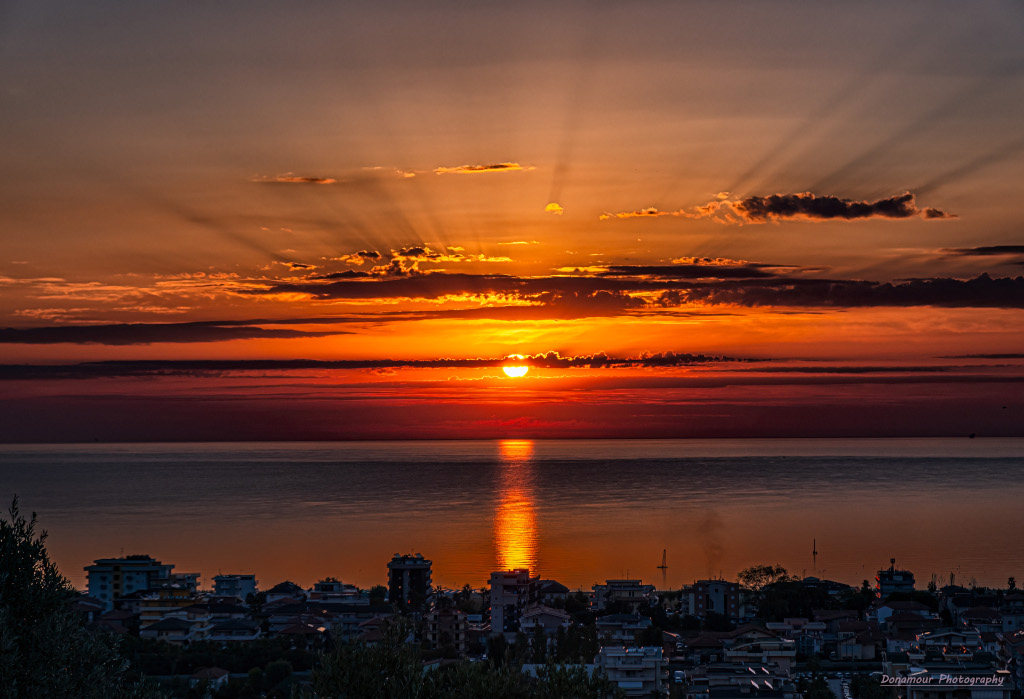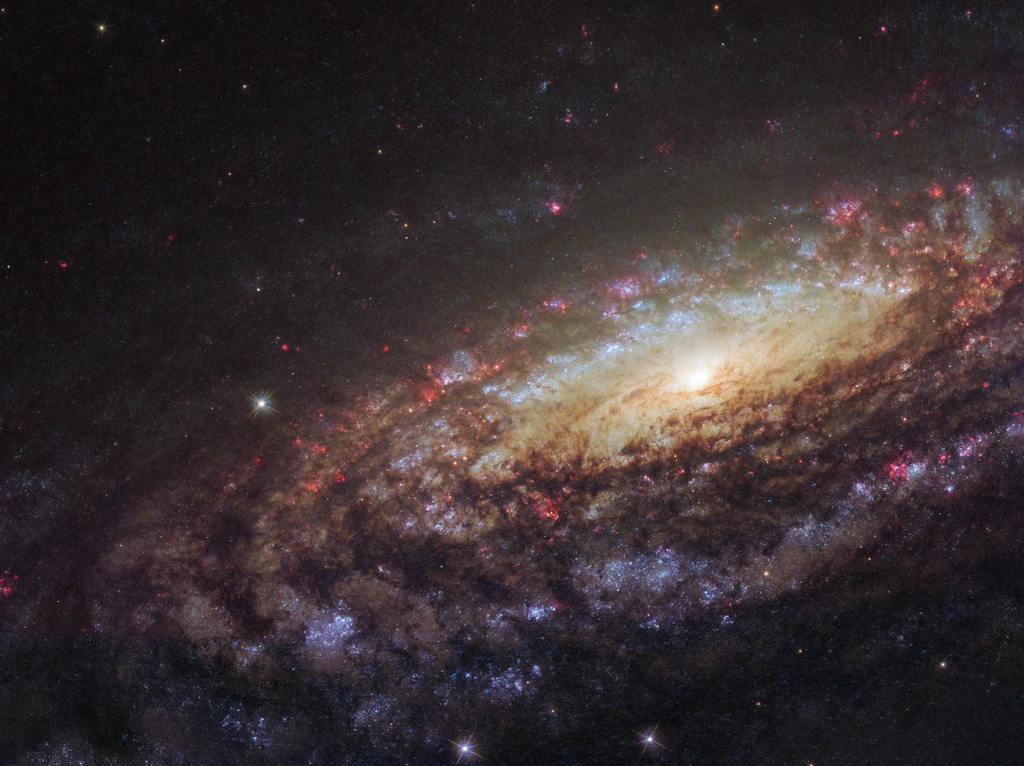
September Sunrise Shadows


NASA will host two media briefings Monday, Sept. 26, in preparation for the fifth crew rotation mission with SpaceX as part of the agency’s Commercial Crew Program.
from NASA https://ift.tt/R0khYfr
via IFTTT
Three cosmonauts living aboard the International Space Station are set to return to Earth Thursday, Sept. 29.
from NASA https://ift.tt/T14ylEm
via IFTTT


NASA will hold a media teleconference at 12:30 p.m. EDT Friday, Sept. 23, to discuss the cryogenic demonstration test conducted Wednesday, Sept. 21, ahead of the next Artemis I launch attempt.
from NASA https://ift.tt/dJt5yai
via IFTTT



NASA astronaut Frank Rubio and two cosmonauts arrived at the International Space Station Wednesday, bringing its number of residents to 10 for the coming week.
from NASA https://ift.tt/EP7jS23
via IFTTT